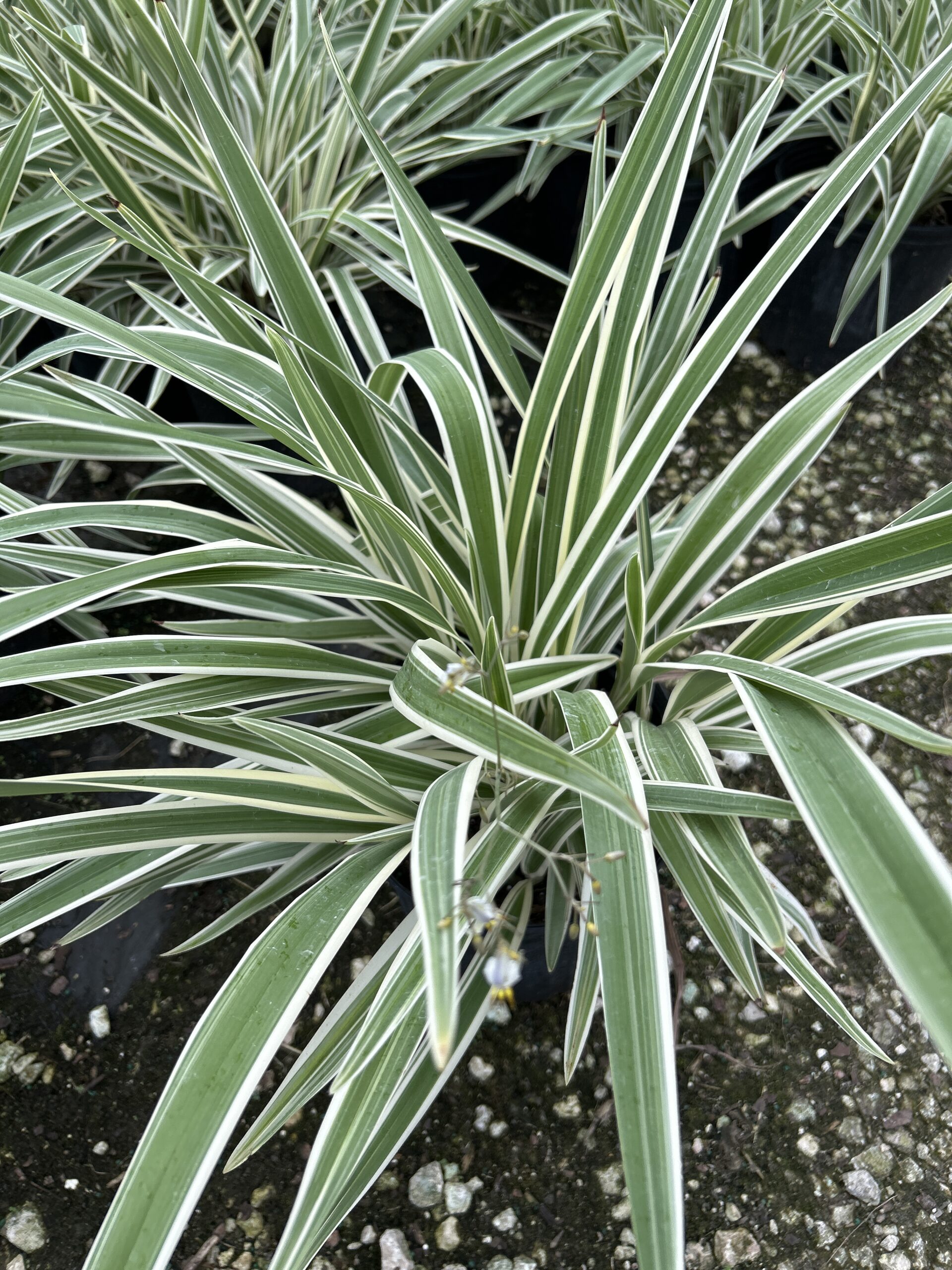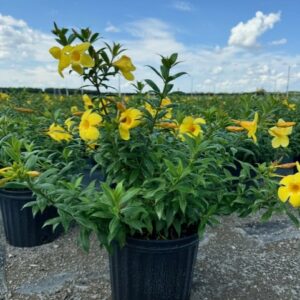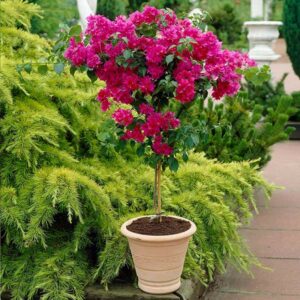Flax Lily
Flax Lily (Dianella) is a versatile plant known for its strap-like foliage, which can range in color from green to blue-green or variegated. Native to various regions, it thrives in temperate to subtropical climates and prefers well-draining soil. Depending on the species and variety, it can range from compact ground cover to taller specimens. Flax Lily requires regular watering, full sun to partial shade, and occasional fertilization for optimal growth. It’s relatively low-maintenance and resistant to pests and diseases, making it suitable for borders, mass plantings, or containers in USDA hardiness zones 8 through 11.
$11.35 – $36.20
Related products
-
All Products
Allamanda Dwarf
$22.63 – $50.71 This product has multiple variants. The options may be chosen on the product page -
All Products
Bougainvillea Tree
$166.60 – $1,198.44 This product has multiple variants. The options may be chosen on the product page
Here’s a concise summary of the Flax Lily (Dianella):
Color: Flax Lily plants typically feature strap-like leaves that can vary in color from green to blue-green or variegated with cream or yellow stripes. Some varieties may produce small flowers in shades of blue or purple, followed by berries.
Climate: Flax Lily is native to various regions across the globe, including Australia, New Zealand, and parts of Asia. It thrives in temperate to subtropical climates and is adaptable to a range of conditions.
Size: Depending on the species and variety, Flax Lily can range in size from compact clumps suitable for ground cover to larger specimens reaching heights of 1 to 3 feet (0.3 to 0.9 meters).
Care:
Watering: Flax Lily plants prefer consistently moist but well-draining soil. Water deeply during dry periods, but avoid waterlogged conditions.
Light: While they can tolerate partial shade, Flax Lily plants prefer full sun to partial shade for optimal growth and flowering.
Soil: Plant in rich, well-draining soil with plenty of organic matter. Mulching around the base of the plant can help retain moisture and suppress weeds.
Fertilization: Apply a balanced fertilizer in spring to promote healthy growth and flowering. Follow package instructions for application rates.
Pruning: Remove dead or damaged leaves as needed to maintain a tidy appearance. Flax Lily plants generally require minimal pruning.
Pests and Diseases: Flax Lily is relatively resistant to pests and diseases, but watch for issues such as aphids or leaf spot diseases. Treat promptly if detected.
Hardiness Zone: The hardiness zone for Flax Lily can vary depending on the species and variety. Many are suitable for USDA hardiness zones 8 through 11, but check specific cultivars for their recommended zones.
With its attractive foliage and low-maintenance nature, Flax Lily is a versatile plant suitable for borders, mass plantings, or container gardens in a variety of climates. Proper care ensures healthy growth and a beautiful display of foliage and flowers.
| Size | 1 Gallon, 3 Gallon, 7 Gallon |
|---|



